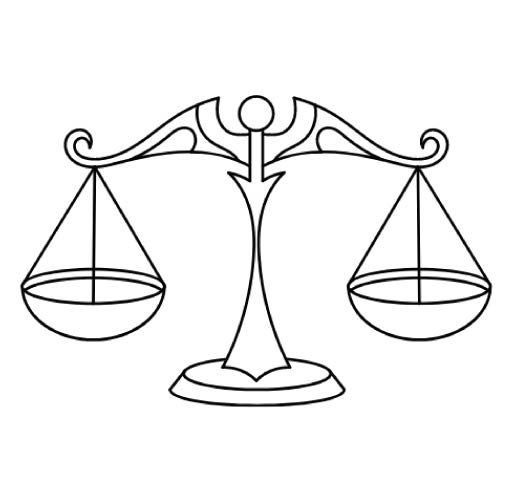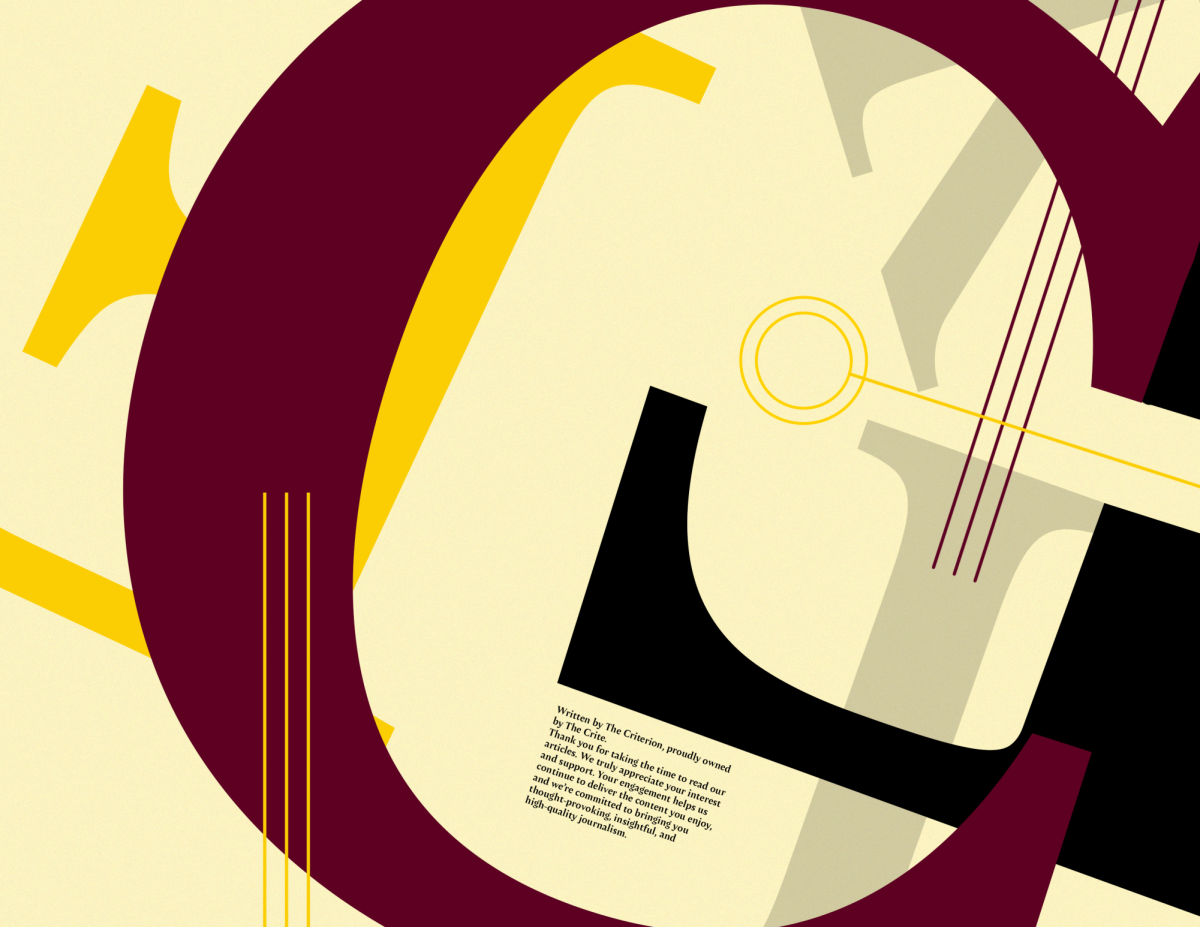The gym is often filled with bouncing bodies and dropping weights. The bouncers look weird and the droppers are obnoxious for the exercisers around them. However, they are also negatively impacting the effectiveness of their own workout.
Both techniques lose focus on a key component of building strength, endurance, and power: the eccentric contraction phase. Regardless of the goal, all lifters need to embrace the eccentric phase to make progress.
Some exercisers grab a set of dumbbells and start bouncing so much to complete their lift that a person could be excused for thinking the floor beneath them is a trampoline. This is particularly the case with individuals performing front or lateral raises for their shoulders.
The bounce helps heave the weight up and allows the lifter to look like they can lift more weight with their shoulders than they actually can. The reality is that the shoulders primarily act as a pendulum pivot point while the legs are the driving force for the lift.
Eliminating the concentric difficulty of the lift through a leg-driven bounce is not necessarily a bad thing. If a lifter bounces the weight up, they can allow themselves to hold the weight at the top and lower with control over an extended count.
Unfortunately, most of the people I see bouncing the weight up don’t pause at the top and lower with control. Instead, it becomes continuous motion. The weight swings up and then the muscles release and drop the weight rapidly. This turns the shoulder exercise into little more than rapid small contractions of the quadriceps and glutes.
Somewhat related to this are the droppers. All focus is centered on the concentric contraction; lifting the weight up. Once they get to the top, they drop the weight, letting it fall to the floor with massive thuds that let everybody know what incredible beasts they are.
In a similar category, but not quite as dramatic and “look at me” driven, are the lifters that slowly power the weight up and then let it quickly drop down to the starting point.
Both types of lifters lose out of the benefits of the eccentric phase, which happens during the lowering of the weight and lengthening of the muscle.
Even plyometric exercises require controlled eccentric loading to be effective. In plyometrics, both the loading and unloading are done quickly to generate power, but control is necessary for maximum results.
Muscle growth and endurance, as well as power, are all affected by the amount of strain placed on individual muscle fibers. The greater the strain placed on the fibers, the more those fibers will be enhanced through muscle synthesis to better handle future loads.
The concentric phase, otherwise known as the lifting or shortening phase of the lift, incorporates more fibers than the eccentric phase. This means there is more strain per fiber when lowering the weight than there is when lifting.
As a consequence, focusing exclusively on concentric movement requires twice as many repetitions to accomplish the same results as eccentric focus. So the guys putting all their effort into lifting the weight only to let it drop rapidly are cutting their effectiveness in half.
Not so impressive to let the weights slam down after all, huh? It may make a lot of noise, but the guy next to them lowering the weight under control is getting stronger.
Depending on the acute variables of sets and reps used as well as the modalities, such as plyometric training, the increased strain of the eccentric phase is going to enhance different kinds of muscle fibers.
Endurance training with a focus on eccentric movement will enhance the the fibers that allow for long bouts of exercise. It is similar with strength and power training. The specificity of the exercise determines the specificity of the fibers enhanced. That is why eccentric phase is important regardless of goal.
Whether the goal is endurance, explosive power, muscle growth or strength, it all comes back to the eccentric phase. Control there is key. Don’t bounce weight up unless you’re going to to lower it slowly. Don’t drop the weight quickly after lifting. In short, work smarter by embracing the eccentric.













